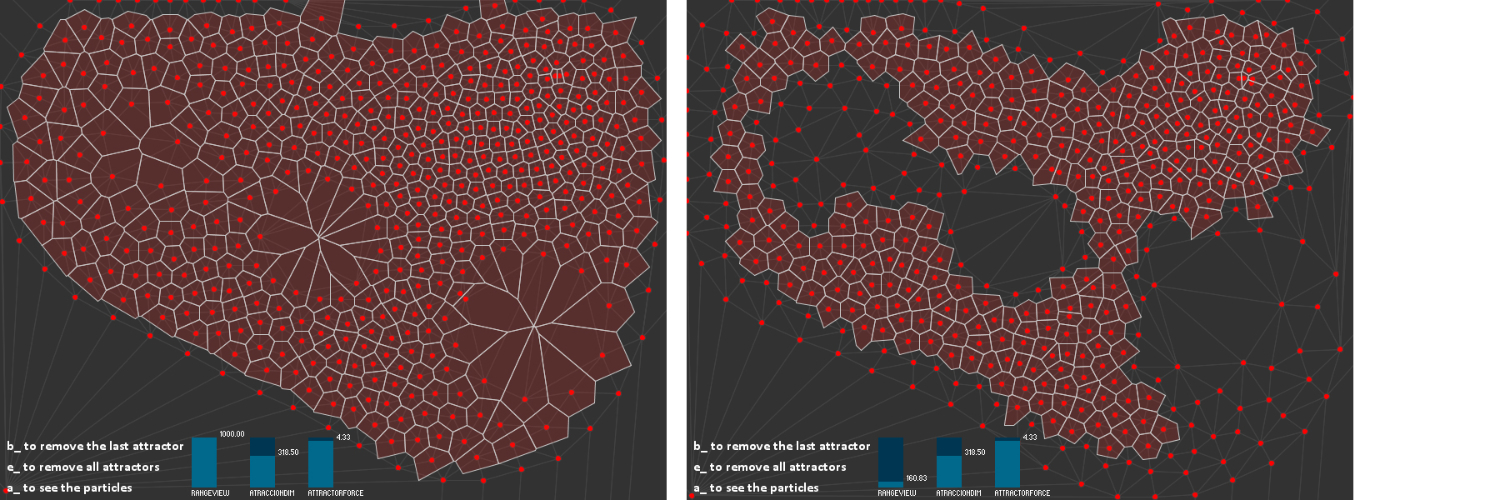In the most basic form, a complex system is based in a large number of simple agents self-organized. Without the benefit of any central controller. The complex system works as a collective whole with the capability to create patterns. In some cases take advantage of information to learn and evolve.
Examples are: Insect colonies, School-fish, Neuronal nets, The immune system, An urban center, Natural ecosystems, etc.
COMPLEX SYSTEM PROPERTIES
Complex systems, share some characteristics and properties:
- Complex collective behavior: Complex systems consist of a large networks of individual components, each following relatively simple rules with no central control. It is the collective actions of vast numbers of components that give rise to the complex, hard to predict in many cases.
- Signaling and information processing: All the systems produce and use information and signals from both their internal and external environment.
- Adaptation: The system adapt, change their behavior to improve their chances to survive trough learning and evolutionary processes.
Adaptation plays a big role in complex systems classification, because not all complex systems are able to adapt. Adaptive complex systems are ant colonies, neuronal networks or genetic algorithms, to name a few. In the other hand, non-adaptive complex systems are hurricanes, sea weaves, dunes, etc. As a general rule, "live" complex systems are able to adapt and inert systems don't.
The behavior or outcome of a complex system emerge as a result of the interactions between the agents and the environment. The behavior or outcome is usually an optimal and highly efficient solution. Therefore it's a good strategy to imitate the results of complex systems.
THE SIMULATION
The following experiment simulate 500 agents attempting to equally distribute in a XY field 500px x 600px. The simulation allows the user to add and remove point attractor and point repeller with different forces, that influence in the behavior of the agents.
USE
When the user click on the field an attractor or repellor point is created. To influence the agents and change the environment:
- Range View: Set the visualization of the cells.
- Attraction Dim: Set the distance influence.
- Attraction Force: Set the force strength of the attractor-repeller point. By default the value is zero so the influence is null. Positive value attract and negative values for repels.
- b: Remove the last attractor/repeller point.
- e: Remove the last force applied to the system.
- a: Show/hide the agents.









0 Comments:
Add a comment